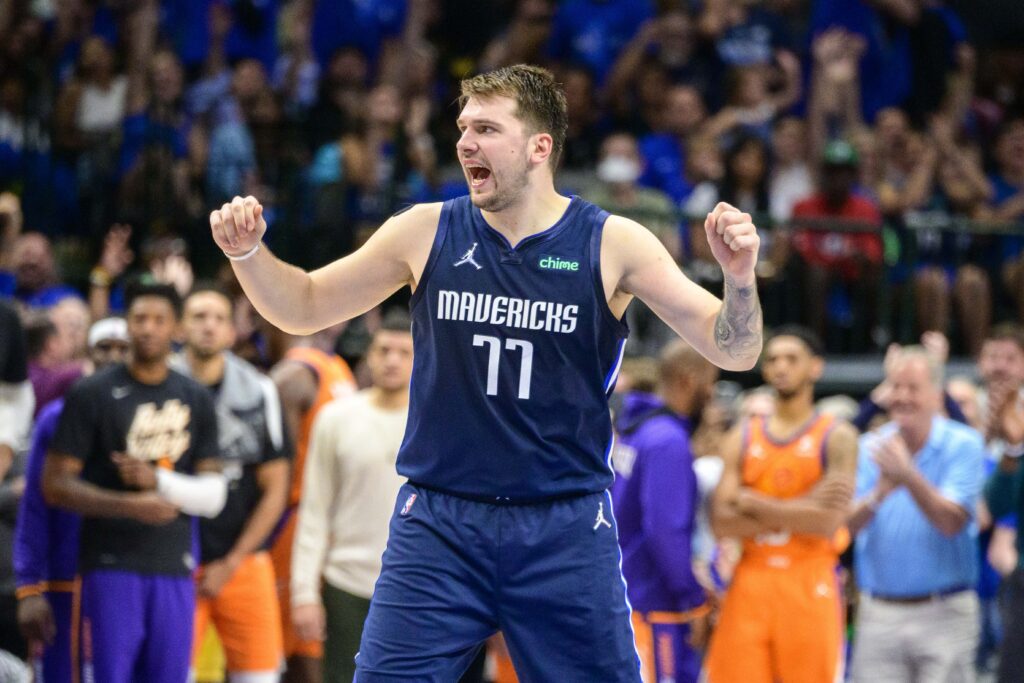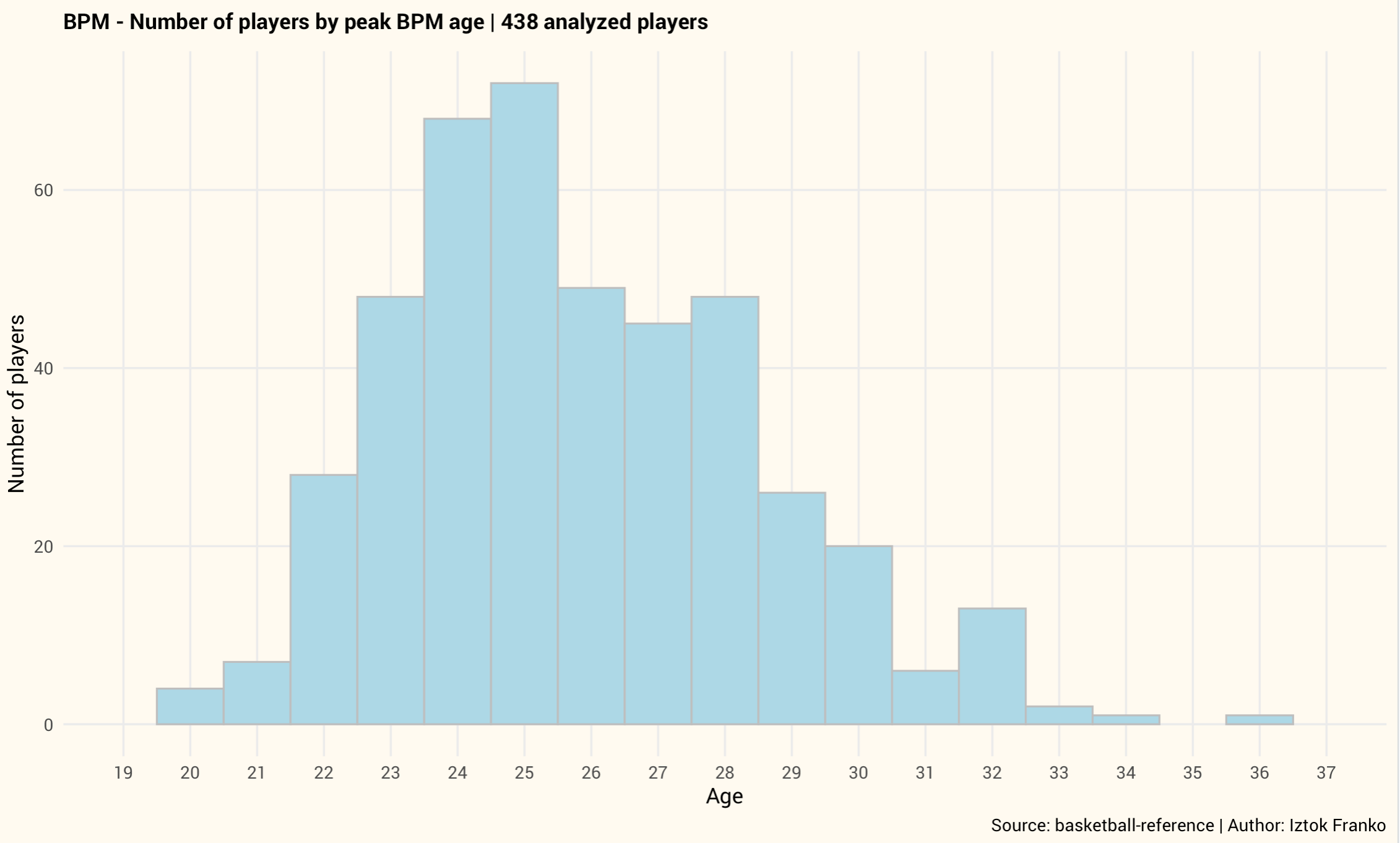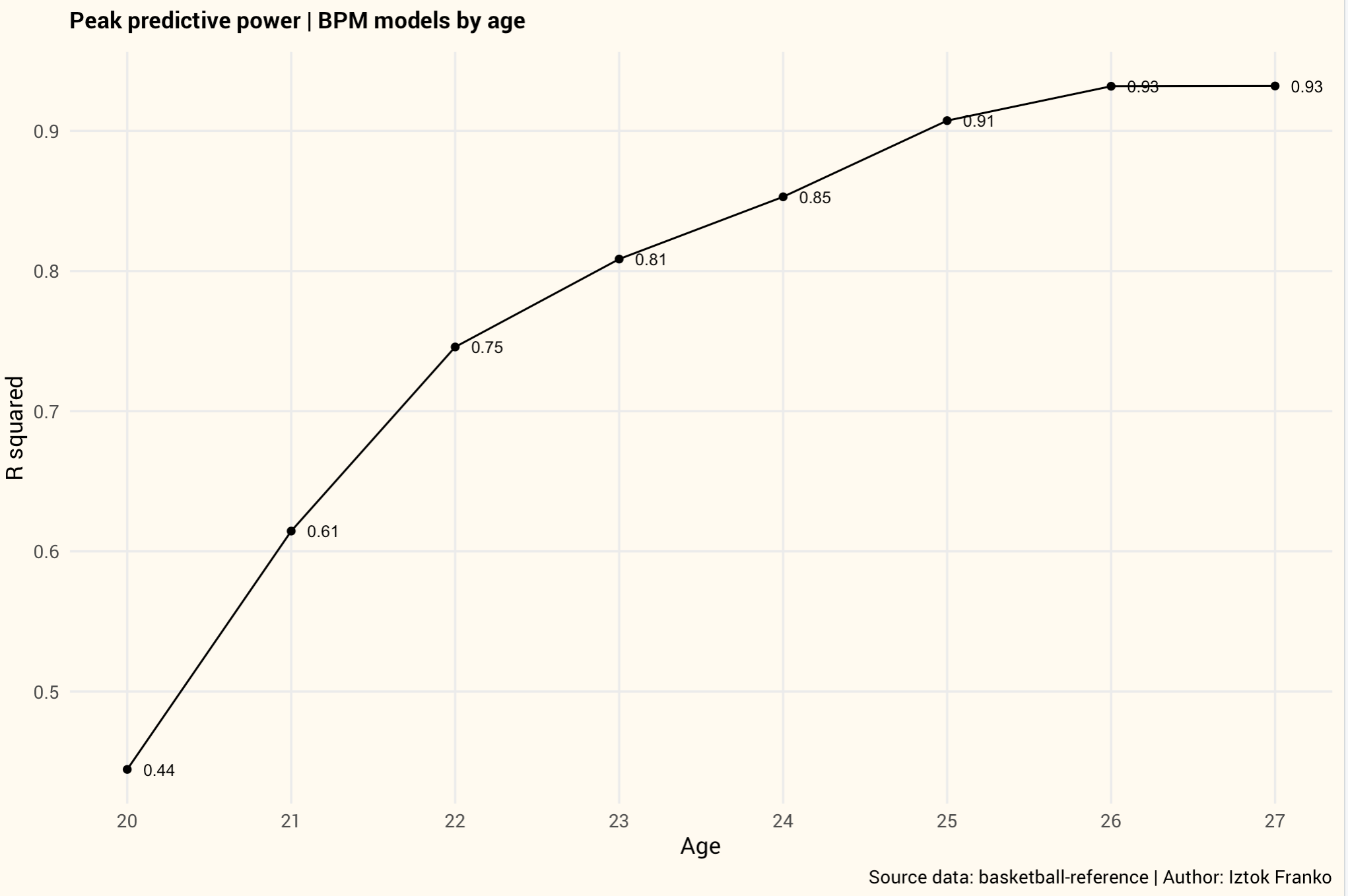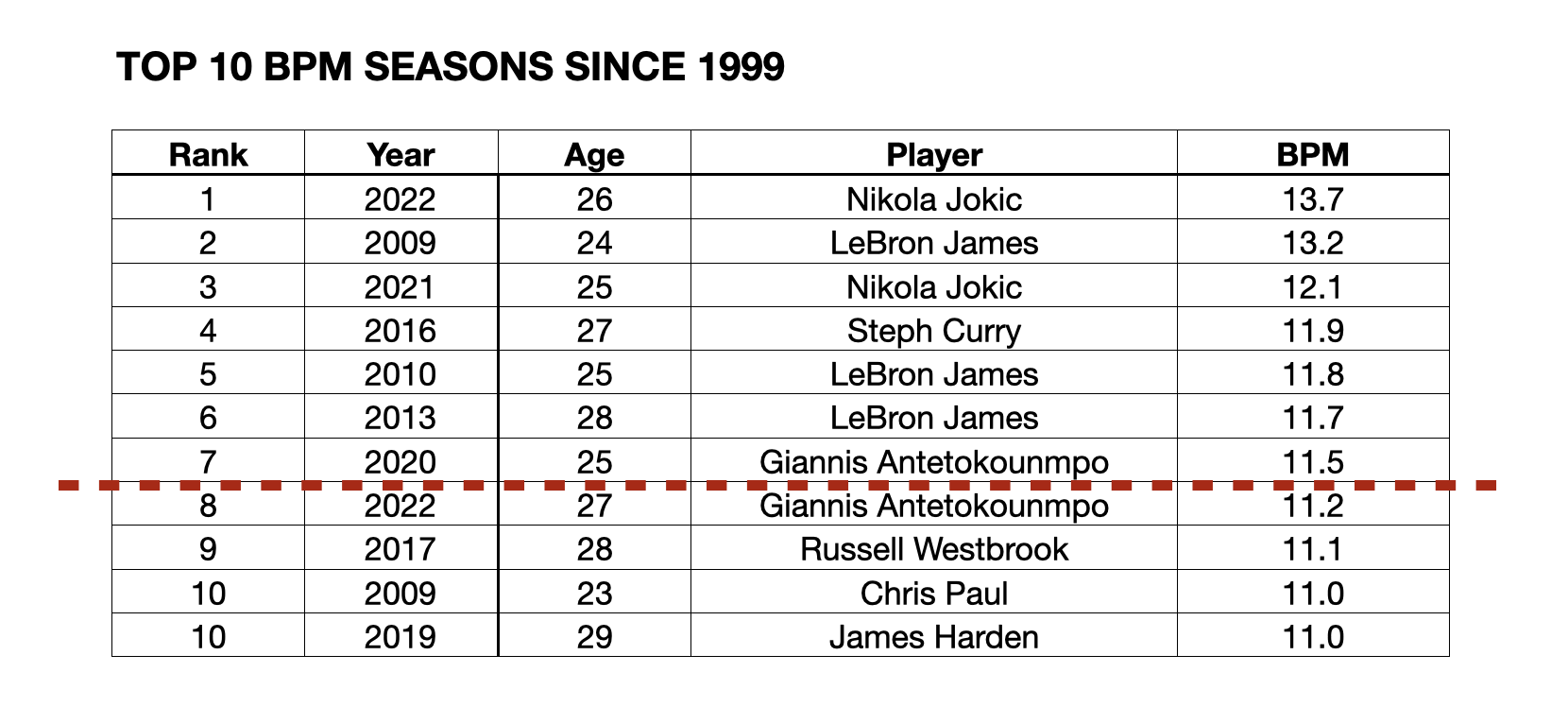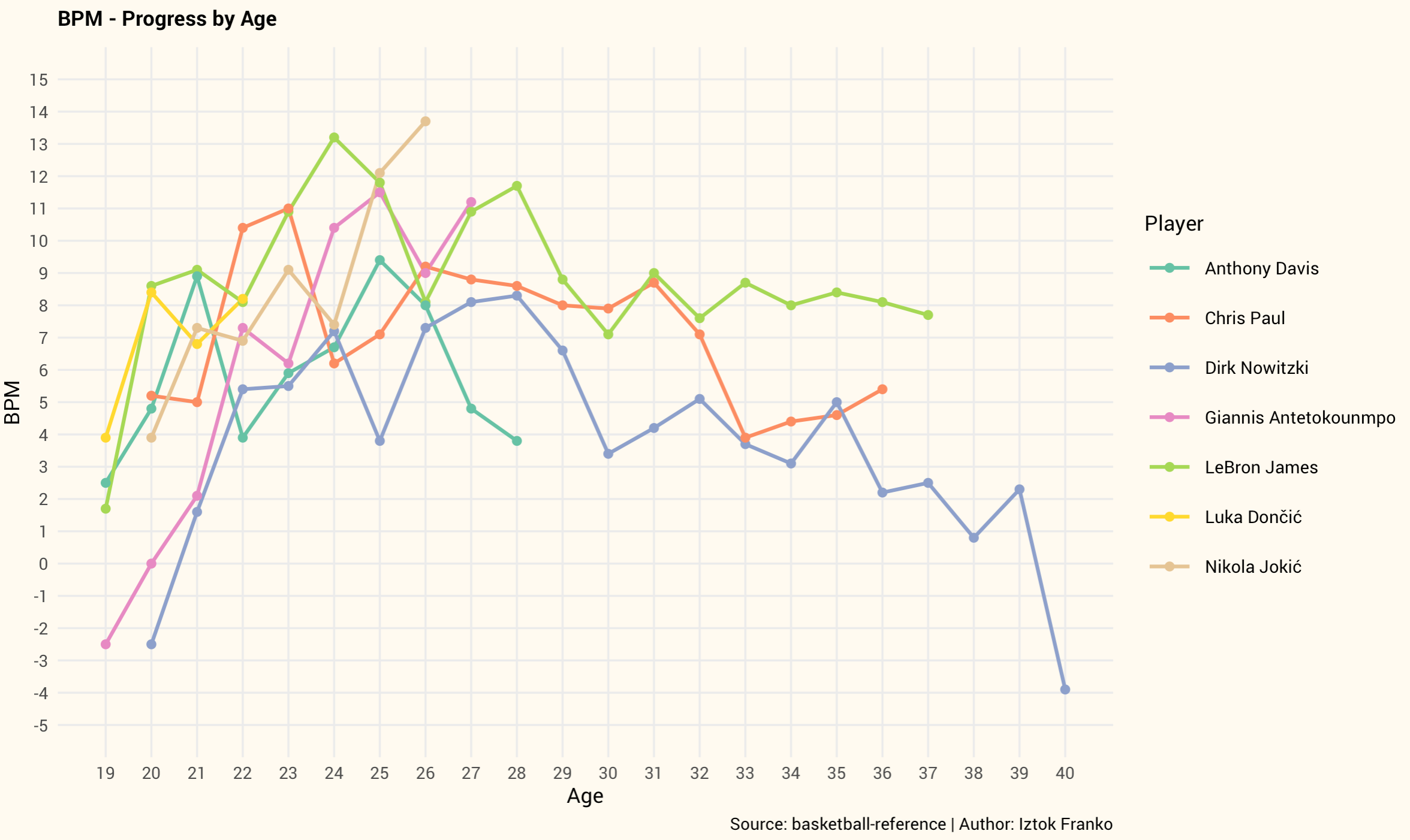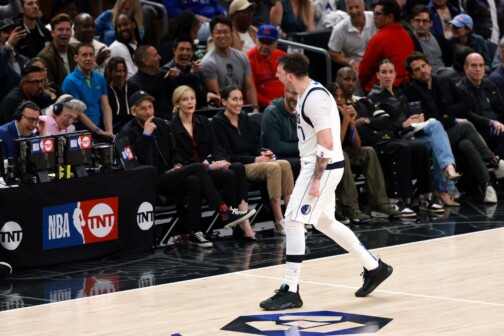How good can Luka Doncic become?
This might sound like a trivial question for a 23-year-old who is arguably a top-five player in the NBA and coming off his third straight All-NBA First team selection. Doncic and Giannis Antetokounmpo are the only two players to do so in the last three seasons. The obvious answer is “He’s already really freakin’ good.” But Doncic’s play and the crazy numbers he has put up during his first four NBA seasons have laid the groundwork for an all-time great career.
So in the doldrums of another uninspiring Mavericks offseason, let’s take a moment and dive into a topic that should put a smile on every Mavs fan’s face. We know Doncic is great now. Let’s see if we can decipher just how great he’ll be at his apex.
I have to thank ESPN’s Kevin Pelton for putting this idea in my head. In an article discussing the recent Kevin Durant trade rumors, he tried to analyze when NBA players typically reach their peak performance in the context of Boston’s Jaylen Brown, the reported centerpiece of any Celtics-Nets trade conversation. Brown is 25, entering his age-26 season, which, according to Pelton, is when players typically top out. I would consider Doncic a more developed and certainly more accomplished player than Brown, but if we apply the same logic, he still has three more “development” seasons ahead of him. In that sense, Luka Doncic is somehow, in some ways, still a prospect.
Of course, when a player averages almost 33 points in his first 28 playoff games, it’s difficult to conceive of the heights he can ultimately reach. But that makes the exercise of trying to figure out Doncic’s peak so exciting.
To do that, I applied a similar analytical exercise as Pelton. I studied NBA players’ advanced stats data all the way back to 1999, Dirk Nowitzki’s rookie year, because any time you can include The Big German in a Mavs story, you should. And to be clear, we’re talking about individual statistical prime years, which don’t necessarily coincide with the years when a player is best equipped to lead a team to a championship. For example, Dirk won his only MVP award when he reached his statistical peak in 2007 at age 28, but he won the NBA title in 2011 at age 32. Experience and other intangibles factor into those sorts of runs, and no model is going to pick those up.
I analyzed players who entered the league relatively young (age 23 or under) and played at least seven seasons in the NBA. In total, 438 players qualified. And of those 438, we had the full season-by-season advanced data for age 20, 21, and 22 seasons for 140 of them. Among those 140: Nowitzki, Antetokounmpo, LeBron James, Nikola Jokic, James Harden, Kevin Durant, Kobe Bryant, and Chris Paul, to name a few notables.
I could have used any number of advanced metrics, but I chose Box Plus/Minus (BPM) for my model, for two reasons. First, historical BPM data for every player and season dating back to 1974 is available on Basketball-Reference. Second, we’re talking about individual performance here. I looked at when players reach their peak individual statistical production. So I think an advanced metric based on boxscore data makes sense. According to its developer, Daniel Mayers, “BPM uses a player’s box score information, position, and the team’s overall performance to estimate the player’s contribution in points above league average per 100 possessions played.” For context, a league-average BPM for a full season is defined as 0.0, a good NBA starting caliber player is valued at +2.0, an All-NBA campaign is something in the neighborhood of +6.0, and +10.0 is an all-time great season. While it’s not perfect (BPM has limitations when measuring defense), it will more than suffice as a ballpark for what the Slovenian superstar can become.
The first thing I looked at was at what age players reach their peak in terms of their peak Box Plus/Minus (BPM) value. It mostly lines up with Pelton’s analysis, as you can see that most of the 438 players in our group hit their BPM peak at age 24 and 25, with a significant drop-off after age 28.
Doncic’s career trajectory might break the curve a bit because he was so good at such a young age. But he will enter his age-23 season in October, so it’s reasonable to believe that he is still at least a year or two ahead of his individual statistical prime. Among the elite players, only Paul, Derrick Rose, and Tracy McGrady reached their BPM peaks before age 24, and the latter two had their primes shortened by various injuries. Among other, healthier players, LeBron James and Michael Jordan reached their highest BPM at age 24, Antetokounmpo and Durant did it at age 25, while Steph Curry (27) and Harden (29) peaked later.
Here is the next question I tried to answer: if most players’ primes begin at age 24, how much data do we need to predict a player’s peak-year performance? In other words, how accurately can we predict Doncic’s peak BPM based on his current career track record, which only spans four seasons?
To figure it out, I ran several separate linear-regression models, starting with age 20 and adding prior years to each of the next models. So for Doncic’s peak prediction at age 23, I used a model based on age-20, -21, and -22 seasons for all players in our dataset. The last model, at age 27, incorporated data from each of the eight seasons spanning ages 20 to 27. As you can see from the chart below, our age-25-to-27 models get very accurate once we have at least six years of data entering prime years.
What does that mean for our Doncic peak BPM value prediction? The R squared coefficient for my age-22 model is 0.75, meaning that about three quarters of all players predicted peak values can be explained by the model at age 22, which is still a fairly good number. TL;DR: we’ve already seen enough from him in four seasons to take a pretty good stab at his peak.
Now for the fun part. The predicted peak BPM value for Doncic based on his last three seasons is 11.4. Unless you’re a stats nerd like me, this number doesn’t tell you much, so let me put it in perspective. That predicted BPM of 11.4 would be the eighth-best individual season since 1999.
Each of those seven seasons ended with that player being named NBA MVP. So, yes, what I’m saying is that if the model is correct—the model’s residual standard error is 1.6, for all my fellow geeks out there—and Doncic does put up a season like this, you can feel pretty good about an MVP award following.
Here’s something else exciting. Doncic’s best BPM to date was 8.4 in 2020-21, which means that as good as he has already been, there is another significant leap to be made to reach his estimated peak value. Our predicted peak BPM value of 11.4 is 39 percent above the 8.2 mark Doncic hit last year, an estimate not so far from a much more sophisticated FiveThirtyEight Wins above replacement projections that expects Luka’s peak to come at age 27, at a 33 percent improvement over his 2021-22 performance. So as much fun as you’ve had watching him so far, know everything we’ve seen should be something like two-thirds as good as it will get. Which would be crazy.
Of course, there is that word should. Only three players since 1999 surpassed Doncic’s BPM value as 22-year-olds: Paul, James, and Anthony Davis. While James’ career trajectory skyrocketed, AD and CP3 never managed to take that last and most difficult leap to become MVP winners. (Although Paul’s 2008-2009 season would net an MVP award in almost any other year; he can blame his buddy LeBron’s historic season for costing him the trophy.)
So there are two pathways ahead. One leads to Doncic following in James, Jokic, and Antetokounmpo’s footsteps to become an MVP winner—perhaps a multiple MVP winner. The other resembles Davis and Paul, with many great seasons but no signature one. The difference between the former and the latter could come down to injuries, as neither Davis nor Paul has been the picture of health in recent seasons. Either should land Doncic in the Hall of Fame, too. Barring catastrophic injury, there are no bad outcomes here.
But which one is more likely? Doncic has been characterized as a finished product several times in his career, only to prove his doubters wrong. His playoff track record shows there is another level he can reach; the latest reminder came in May, when he was the best player on a conference finals team, which neither Paul nor Davis have managed to do despite all their early-career brilliance. This is why I—and most of the projection models—would bet on another leap. And, probably for the same reason, it’s why Vegas has Doncic listed as an early MVP favorite again, a status he’ll likely maintain throughout his prime years.
Any further leap must coincide with the next step in Doncic’s maturation process. Last season, he proved he can buy into a team-first mindset on both sides of the floor as part of a top-10 defense. Now conditioning and mental focus are the final hurdles preventing Doncic from dominating over a full 82-game NBA schedule. When those come, they’ll probably coincide with a historic season, both in terms of BPM rating and, more important, the first MVP award of his career.
The models tell us we are probably still a year or two away from that. But models are only models. There are always outliers, and Doncic has broken his share of models already, beginning with the NBA draft ones that compared him to good but hardly transcendent players such as Toni Kukoc and Hedo Turkoglu when he entered the league. He is far ahead of a typical superstar career trajectory, after all, so another “unexpected” leap would not surprise me. No opponent has been able to solve Luka Magic thus far. Why should we expect math to be any different?
Author



